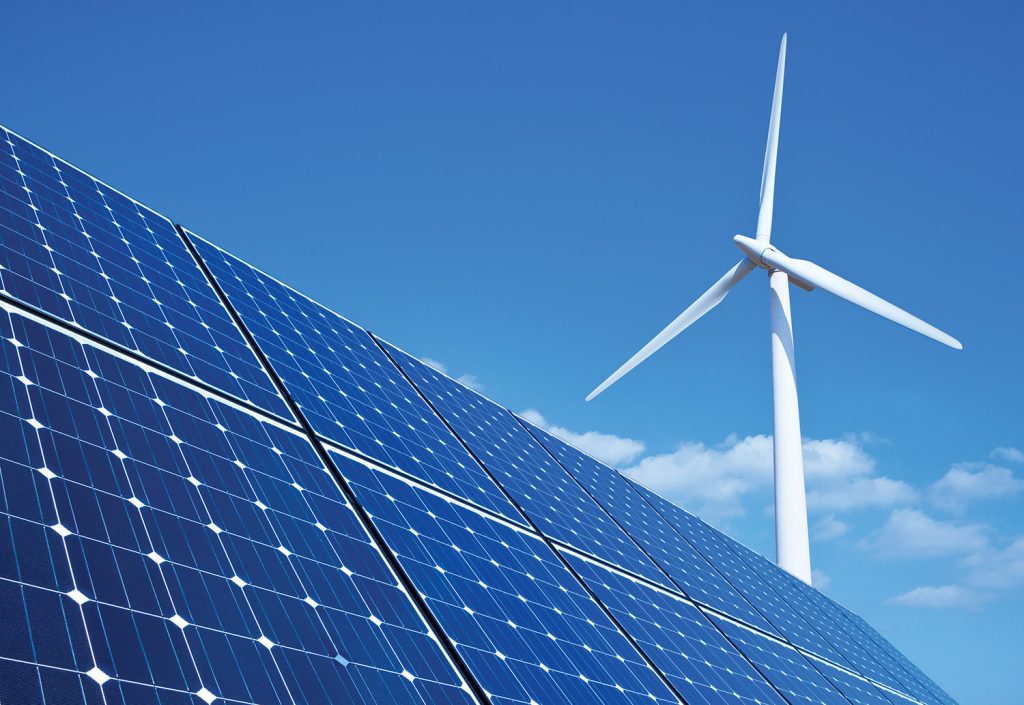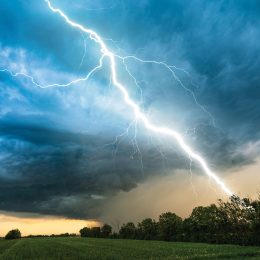
Some mornings, a dawning sun greets people with light — by electrifying the televisions in their homes.
Over the last decade, renewable energy resources including wind farms and solar arrays have generated an increasing share of the electricity powering the nation. As renewable energy technology has become more affordable, utilities have also added more large-scale projects to the grid. Many homeowners have even installed solar panels on rooftops or nearby properties to generate electricity to power their houses. In addition to becoming more affordable over the last decade, renewable energy resources offer multiple advantages.
Renewable energy resources benefit the environment.
Renewables are unique compared to other traditional energy sources in multiple ways. Renewable energy sources do not produce the carbon emissions generated by fossil fuels. Also, the operation of renewable energy sources — including wind turbines and solar arrays — does not require a fuel source such as coal or natural gas to be extracted from the planet.
Renewable resources can complement each other.
Wind turbines, solar arrays, hydroelectric dams and other renewable energy facilities leverage plentiful resources such as wind, the sun and bodies of water. Yet their production also provides a chance for power providers to take a balanced approach. Solar arrays, for example, routinely produce more electricity during the longer sunlight hours of the summer than in the winter, and wind farms typically produce more electricity in the winter. Hydroelectric dams can produce energy year-round.
Renewables promote energy independence.
As more solar arrays and wind turbines are installed across the United States, a greater amount of electricity will be generated near the area where it is used. People can also install solar panels on their structures to generate power directly for their homes and businesses. Renewable resources provide more options for utilities, business owners and even homeowners to determine how to best fulfill their energy needs.
As technology evolves, more options, including renewables, will become available across the U.S. and around the world. Several renewable projects are already in various stages of development, and the development of large-scale battery storage will bolster these types of projects.



